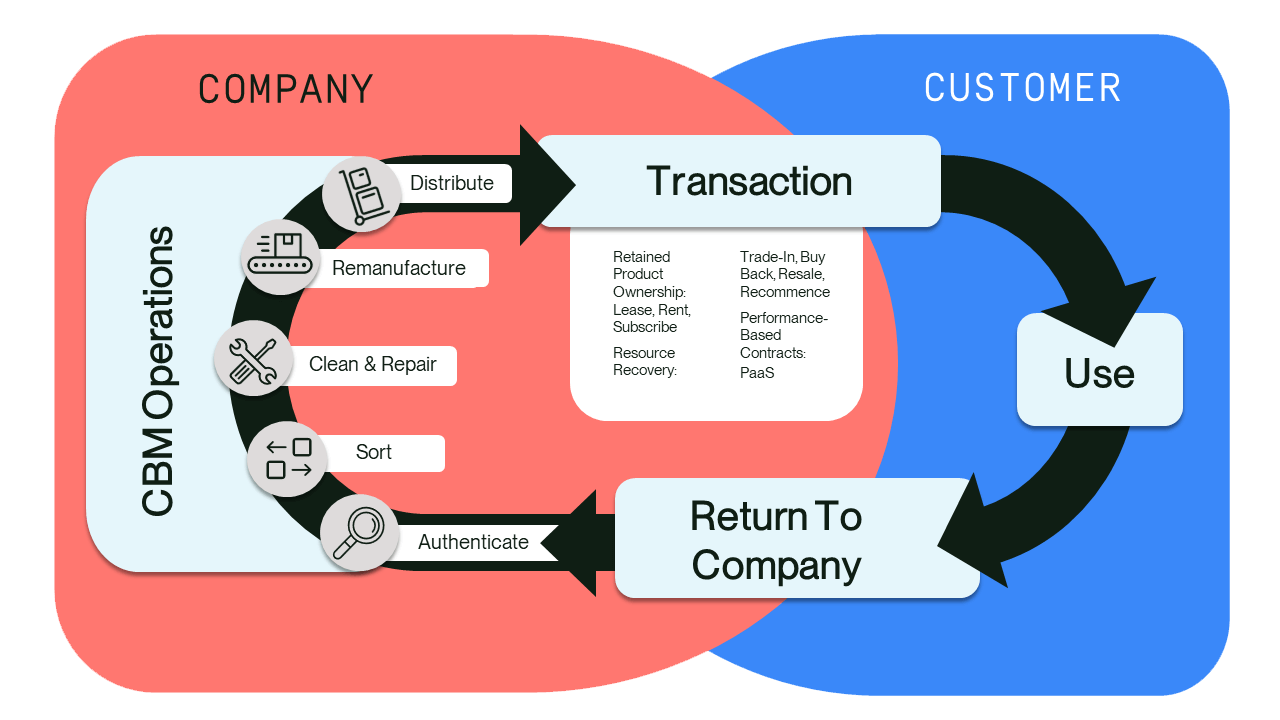Home Solutions Sustainable Products and Circularity Circular Revenue Models
Circular Revenue Models

Home Solutions Sustainable Products and Circularity Circular Revenue Models

A circular economy, as an alternative to a linear economy. It keeps resources in use for as long as possible, extracts the maximum value from them whilst in use, and recovers and regenerates products and materials at the end of each service life thereby reducing our dependency on natural resources and benefiting our social and environmental communities.
Unlock innovation and transform operations with our Circular Economy solutions. We help organisations adopt circular principles, turning waste into resources and creating new revenue streams. We specialise in transforming how products are made to optimise circular design & innovative material use, and transforming how products are accessed to optimise circular revenue models like resale, subscription, or product as a service.

We also help drive the circular economy by helping organisations become more resource efficient, and reduce waste throughout the value chain. From materials selection to tailored revenue model design, we guide clients towards sustainable practices and offer expert insights in circular strategy, business transformation, and net zero alignment.
Our approach to circular business model transformation addresses a number of tactics including:
Helping you identify and incorporate circular materials into your products and packaging, reduce waste in your production operations, incorporate circular design principles such as design for disassembly and repair, and facilitating circular end of life options. Our product design experts help optimize product design for use in circular revenue models. (click here for more information on our Product Stewardship and Sustainability services and here for our Sustainable Packaging services.)
We bring a proven approach to helping companies transform from linear to circular revenue models. We help our clients disconnect revenue generation from environmental impact creation. Anthesis designs and implements circular revenue models that resonate with end customers because they are user-centric, intelligent, on-brand, authentic, and culturally, and they resonate with CEOs, CFOs, and brand managers because they deliver measurable bottom-line value for the business and planet.
We are the world’s leading purpose driven, digitally enabled, science-based activator. And always welcome inquiries and partnerships to drive positive change together.